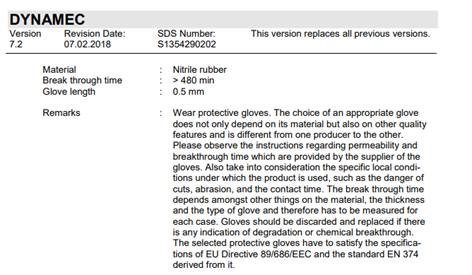Operators: Reducing your exposure levels
Welcome to the first blog in our Art of Application series!
Ornamental controls is a fairly new area for me and whilst I have over 20 years of hands-on experience in spray applications in the turf industry, the challenges faced in other industries never fail to surprise me.
Having recently spent some time at a nursery in the East of England, a big thing that struck me was the exposure levels that some operators are facing in this industry. Spray operators dealing with arable crops, or even those I’m familiar with in turf, their advantage is that they’re always outside when spraying, minimising their exposure. Being outdoors is not always so easy for ornamental growers.
Year-round sprays
The year-round nature of this industry and low tolerance to imperfections can lead to regular applications of crop protectant products to ensure high-quality plants are produced. In previous blogs we have talked about seasonality, perhaps high standards is a future blog piece?
What can you do?
For horticultural spray operators, the most likely route of pesticide contamination is absorption. This needs to be carefully assessed to ensure that effective control measures, including PPE, are selected and used. As small scale sprayers are used in different situations to apply a variety of pesticide products, the type and degree of PPE also vary. So where to start?
- Check the label:
- The product label will list the essential PPE required for tasks such as measuring out concentrate, mixing and then applying the dilute solution and these must be followed;
- Assess the risks
- When deciding what PPE is required, the exposure risks involved should be assessed. The standard of PPE used will adequately control exposure for the duration of the job.
- PPE can include gloves, spray coveralls, boots or respirators. The exact specification can be found in the product label or MSDS sheet which can be found on the manufacturer’s website.
- What state is your PPE in?
- PPE does its job best if it’s clean and without holes, so the next time you go into the chemical store, check your PPE before you put it on.
For example:

An extensive, solid process
All pesticides are robustly examined during the registration process and the PPE stated within the label recommendations are sufficient to reduce the risk to acceptable levels. The importance of ensuring correct PPE is high at all times – BUT NEVER MORE SO than when you’re exposed to daily applications.
We hope that’s useful for you and your spray operators, if you have further questions, get in touch with us via our social channels:
Facebook: Syngenta Ornamentals UK
Instagram: syngenta_ornamentals
Twitter: @SyngentaOCUK

